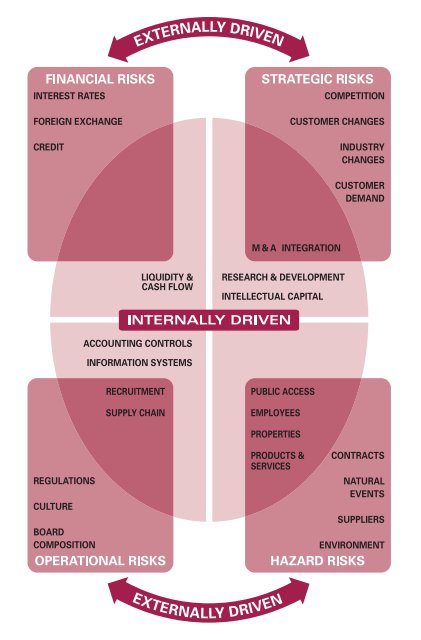Incorporating risk management into your company’s budget can give your team a better idea of how to prioritize line items. It can also help you keep your projects on track and give confidence to customers and shareholders.
Budget risks are the potential for estimates and assumptions built into a budget to be inaccurate. There are several types of budget risk that can affect your business.
Cost Overruns
On average, over a third of projects in any industry aren’t completed within their planned budget. This phenomenon is known as cost overrun and is one of the most lethal risks to project success and longevity. Managing costs is crucial to project success, but it can be difficult and time-consuming.
A common cause of cost overruns is poor planning during the estimating and budgeting stages. It’s not enough to create a budget based on “guesstimates.” Rather, any expenses should be supported by evidence. This can include sense-checked quotes from external vendors or spending from similar past projects with a comparable scope.
Another reason for cost overruns is poor communication with internal and external stakeholders. It’s important to establish clear communication channels from the beginning, and to provide regular updates and progress reports throughout the project.
A final reason for cost overruns is changes to project specifications and assumptions that can result in increased costs. This may be due to factors such as the emergence of new requirements or an increase in the price of a raw material. In this case, the risk must be assessed and managed in order to determine whether the impact is significant or not. It’s also a good idea to have a contingency plan for such events. This could include transfer of risk to a third party or simply having the right resources on hand to handle unexpected changes in demand.
Project Schedule Delays
It is a bitter truth that many projects can’t be completed on time. This can be due to various reasons like resource shortages, lack of experience or even a change in scope that was not included in the initial budget. Delays in project schedules usually increase the overall project duration and necessitate a hike in project costs.
This type of risk can be prevented by including contingency plans in the budget and identifying potential risks early in the planning stage. A good practice is to work your way through a budget line by line and consult with experts on high-risk decisions. This will help ensure that your forecasting is accurate and prevent you from being caught off guard months down the road when you realize that a line item has gone wrong.
During baseline assessment, it is also necessary to identify the causes of project delays. This will help in determining whether the delay is Critical or not. For instance, if the delay is not related to activities in the project’s critical path then it isn’t likely to cause much of an impact.
In addition to this, you should include reserve management strategies in your budget. This will give you the flexibility to delay activities within your reserve time without incurring extra costs. This will also help you avoid rescheduling and increase your chances of finishing on time.
Changes in Market Conditions
Whether it’s changes in economic conditions, customer demand or the success of a new product or service, market variables can impact the final cost of a project. The good news is that a budget that includes a risk-versus-opportunity conversation can help identify any risks early and mitigate them before they become costly to the company.
Another common type of budget risk is the assumption and estimate volatility built into a forecast. All future-looking forecasts involve some degree of uncertainty that can be managed through scenario analysis and stress testing. Ultimately, the best way to deal with this type of budget risk is to set aside a contingency fund to cover unexpected costs.
Then, the team can have an open discussion about how to proceed and weigh the pros and cons of each option. They may decide that the risk is worth taking and continue with their project plan, or they might decide that it isn’t and abandon the effort.
Fortunately, there are a number of tools that can assist in this effort, including investor risk profiling and portfolio risk measurement software such as Riskalyze, Positivly, and FinaMetrica. They can provide a more user-friendly lens into the types of analyses that investment advisors typically perform behind the scenes to build a risk budget-based portfolio. This can be helpful to the investor and the company alike.
Liquidity Risk
Liquidity risk is the inability of a business or investor to pay off debts within an acceptable time frame. This type of budget risk can occur due to an inefficient market, a distinct lack of buyers for a particular asset or a general economic shift that reduces demand. For financial institutions, which heavily rely on borrowing, liquidity is particularly important.
There are several methods for measuring liquidity, including the quick ratio (dividing current assets that can be converted to cash quickly by current liabilities) and the acid test, which compares only liquid assets such as marketable securities and accounts receivable with current liabilities. Regardless of the method, a high level of liquidity is necessary for any company to ensure that it can cover short-term debts without incurring significant losses.
Besides the obvious risks of negative deviations from your budget, there is also the possibility of positive deviations. Your insurance costs may go down more than expected, for example, or you might be able to raise more money through fundraising than you planned. For this reason, it’s crucial to plan for both types of deviations.





